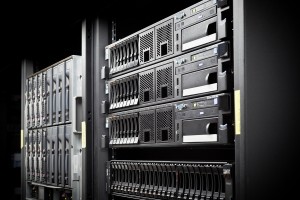Since the rise of the peer-to-peer decentralized digital currency bitcoin’s value, miners have come up with very clever ways of extracting bitcoins: security video cameras, tapping into others’ electricity and using the computers of video game players. Bitcoin’s prevalence could very well increase miners’ activities in the future and come up with new methods.
In a semi-annual report to the Congress (PDF), the United States National Science Foundation (NSF) said that it had received reports of a researcher using NSF-funded supercomputers at two universities for bitcoin mining. After the discovery of this, the organization banned the researcher for using supercomputer resources for personal investment endeavors.

The NSF was informed by the universities that this was in violation of guidelines and unauthorized. The researcher was even able to access the supercomputer remotely and utilize a mirror site in Europe in order to hide his true identity. The name of the researcher was not released.
“The researcher’s access to all NSF-funded supercomputer resources was terminated,” Inspector General Allison Lerner’s office wrote in the report. “In response to our recommendation, NSF suspended the researcher government-wide.”
Other details of the case were not issued to the public.
We reported in April of how hackers had mined bitcoins using the servers stationed at the Iowa State University. University officials found out that students’ names, birthdates and social security numbers had been breached but were never actually viewed or used by the cybercriminals.
In a very simple matter, it was also reported in April that hackers infected standard security cameras with malware and then used the cameras to mine for the cryptocurrency.
Indeed, the list of these scenarios continues.




